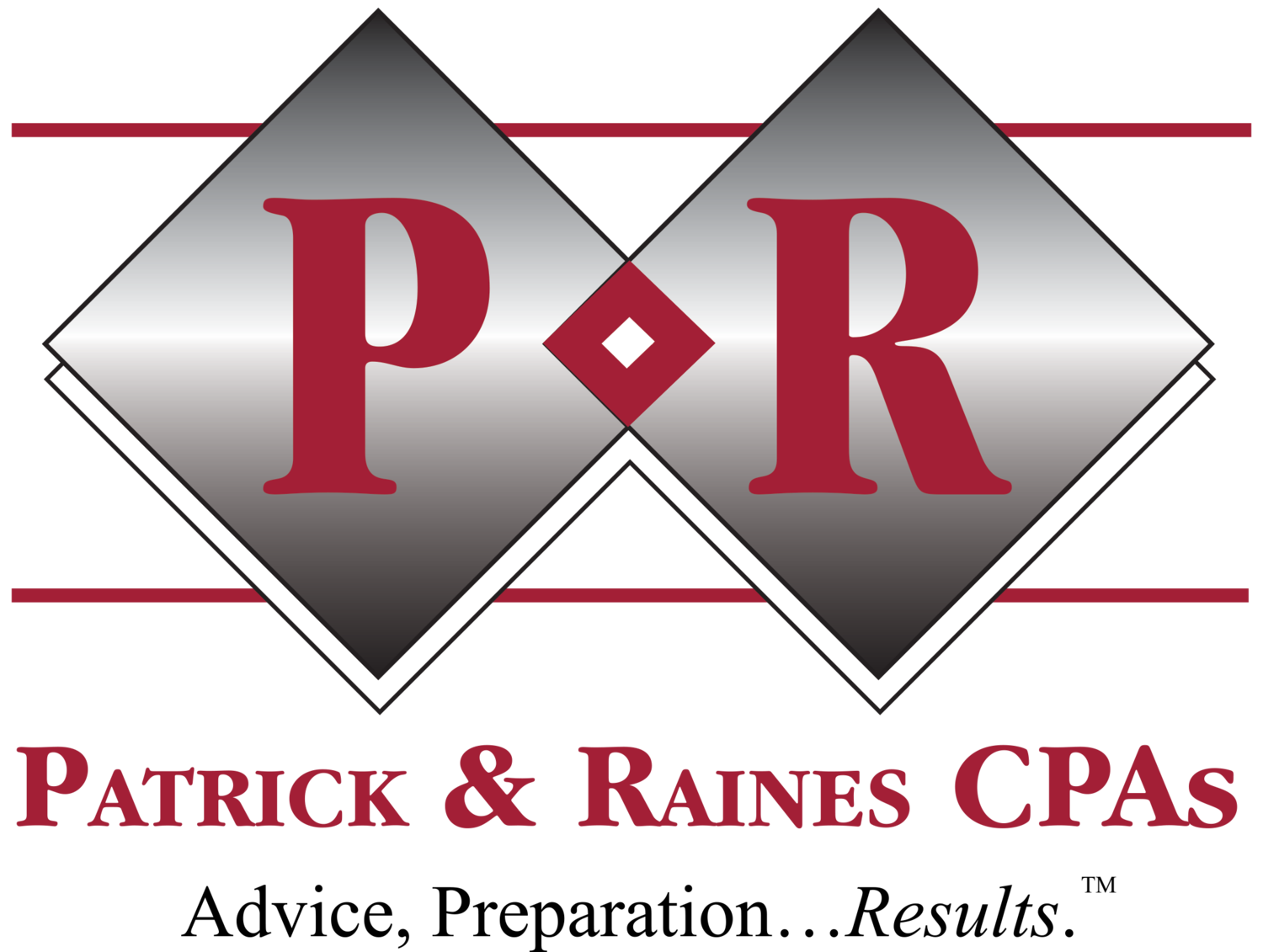Be Prepared – Prove your Small Business is Loan-Worthy
Is your small business in need of a few extra bucks this year? Whether it’s monthly or seasonal budget planning, cash flow shortages, operational needs, unplanned expenses or that persistent roof leak, financial resources – or lack thereof – remain the ongoing challenge consistently facing small businesses.Unless you’re independently wealthy or can rely on family or friends to support you in the life and business growth of your company, traditional financing may prove your best option.As an astute business owner, you know the complexity of financial planning in managing a small business, and a bank loan might be the best solution to help you grow and succeed. Outside financing can provide necessary cash flow and financial stability, especially in covering day-to-day expenses, including payroll and inventory.Before you apply for a loan at your local bank, get thoroughly prepared:
- Determine what type of loan you need:
- One-time loan to finance a specific project, such as purchasing more equipment or making renovations;
- Line of credit to provide flexibility for short term cash flow;
- Small Business Administration (SBA) loan to offset start-up costs;
- Commercial mortgage to renovate or expand your facilities.
- Offer a well-thought-out and documented business plan. To ensure you discuss all areas bankers want to see, consider using a template, such as the one offered by the SBA, and adapting it to your particular business. Be sure to include:
- Balance sheet, detailing profit and loss statement;
- Projections of future income and expenses;
- Marketing and promotion plans;
- Business legal documents (e.g., articles of incorporation, commercial lease, franchise agreement);
- Your most recently-filed business and personal tax returns.
- Provide evidence of collateral detailing:
- Real estate holdings;
- Bank account balances;
- Business equipment and inventory;
- Accounts receivable;
- List of additional income sources.
- Prove why you meets the six C’s of credit:
- Provide payment history reflecting consistently-met financial obligations;
- Illustrate your ability to repay the loan;
- Asses monthly funds left after subtracting your monthly debts;
- Outline stability of your business, past repayment of debts, employment history (if applicable);
- (Refer to above);
- Cash flow. Provide financial statement reflecting ample profits to meet loan requirements.
Being prepared for the borrowing process can save headaches, prevent surprises, and put you in a better position to receive a positive response from your lender.If you need a proven accounting firm to assist with your small business loan, tax preparation or financial planning, the CPA team at Patrick & Raines is a member of Florida’s Small Business Resource Network and P&R holds decades of experience serving the small business community. Let us know if we can help: Office@CPAsite.com or 904-396-5400.

